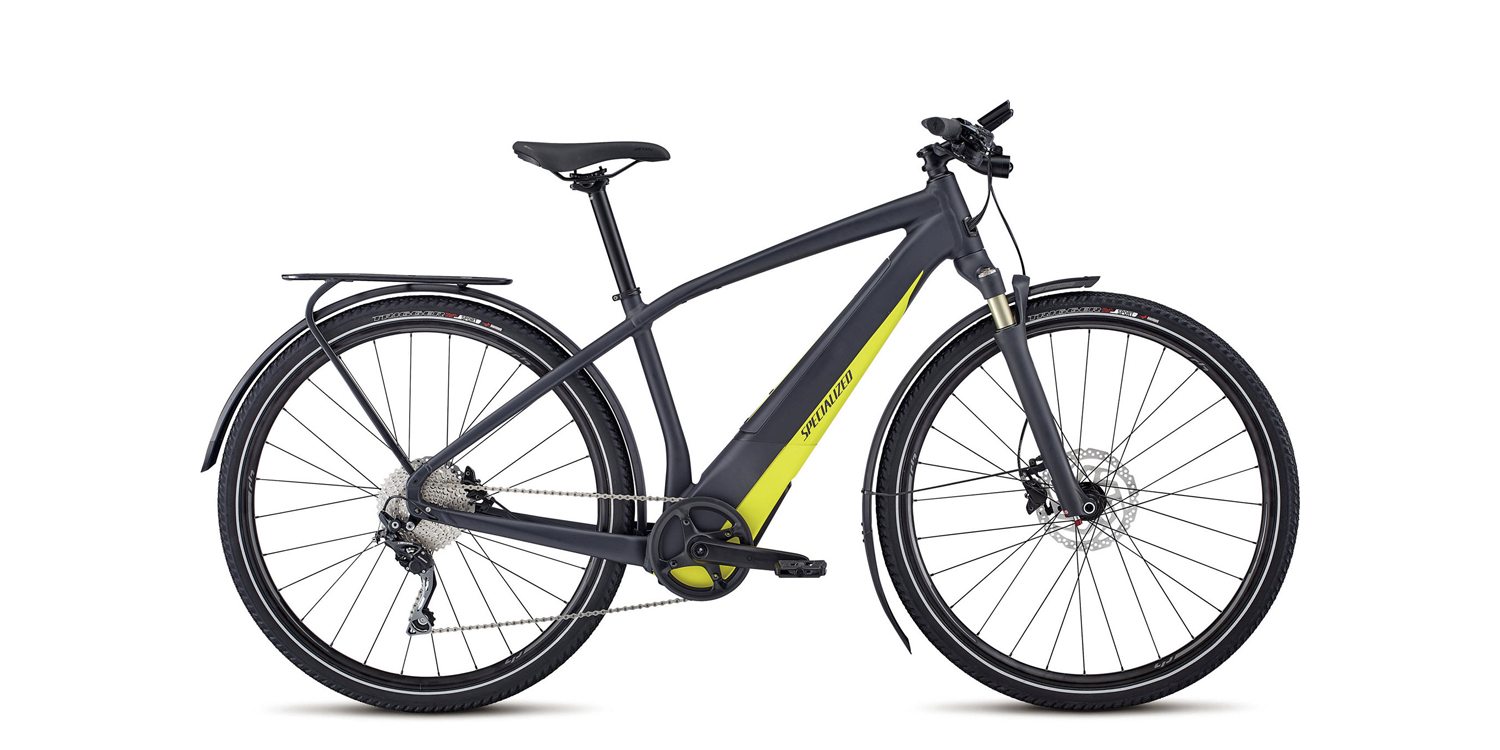Deacon Blues
Well-Known Member
What do you have to do to make it work?
Keep the + button on the remote depressed and start walking. The assist will kick in in a while. (If possible, change to the granny gear first).What do you have to do to make it work?
I would think that a medium would work. May depend more on how long your legs are since you are likely on the cusp of the two sizes.Do you think someone 5’8” who wanted a Como would be better off with the small or medium low entry frame?
You properly mention the Low-Entry version, as the Step Over Como is a very tall e-bike.Do you think someone 5’8” who wanted a Como would be better off with the small or medium low entry frame?
I have a small. A friend who rode mine is thinking of getting one. She thought my small was not too small but usually rides a bigger bike than I.I would think that a medium would work. May depend more on how long your legs are since you are likely on the cusp of the two sizes.
Can anyone tell me clearly if the Como 3.0 is a 28 mph class bike. I’ve seen several places that say that it is but Ive seen some things that say it is not. I can’t find a clear statement on the Specialized site, and Specialized takes a couple of days to get back to you. A friend wants to buy one but only if it is Class 3.

Class 1 20 mph assist, no throttle, can pedal beyond 20 mph w/o drag, just like any heavy bike. A crusier.Can anyone tell me clearly if the Como 3.0 is a 28 mph class bike. I’ve seen several places that say that it is but Ive seen some things that say it is not. I can’t find a clear statement on the Specialized site, and Specialized takes a couple of days to get back to you. A friend wants to buy one but only if it is Class 3.
Clearly the sophisticated approach. I, being less sophisticated than @Stefan Mikes , just click my thumb control down one or two clicks when I start. The lazyman's approach, I know...The default assist mode here is Sport but the support levels have been swapped in Mission Control as Art says.
View attachment 54554
The default assist mode here is Sport but the support levels have been swapped in Mission Control as Art says.
View attachment 54554
Can anyone tell me clearly if the Como 3.0 is a 28 mph class bike. I’ve seen several places that say that it is but Ive seen some things that say it is not. I can’t find a clear statement on the Specialized site, and Specialized takes a couple of days to get back to you. A friend wants to buy one but only if it is Class 3.